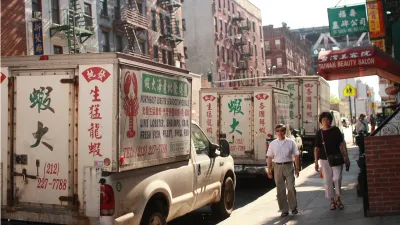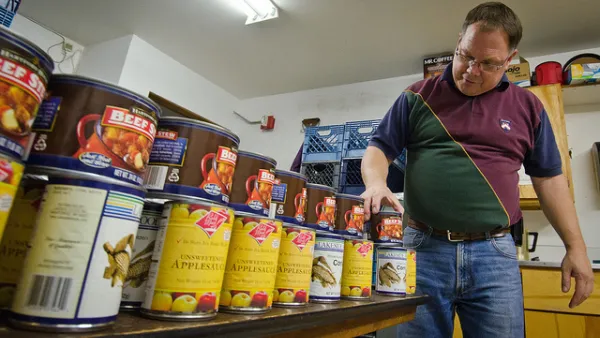In our work to build communities of opportunity where low-income people and people of color can thrive, we must acknowledge that income is how you get out of poverty, assets are how you stay out.

In Tuesday night’s State of the Union address, President Obama laid out a vision for rebuilding the middle class with pathways to the middle class for lower-income families. But to manifest this vision, we need a much stronger focus on addressing the root causes of concentrated, generational poverty: financial insecurity and lack of ownership.
In our work to build communities of opportunity where low-income people and people of color can thrive, we must acknowledge that income is how you get out of poverty, assets are how you stay out.
While income inequality in the U.S. recently hit its highest peak in 78 years, the wealth gap is even worse. The racial wealth gap—the difference in net worth between households of color and that of their white counterparts—has more than tripled since 1984. Today, African-American and Latino households have less than $1 in assets for every $6 that white households own. This is taking place in the context of a major demographic shift that will only magnify the costs of the racial wealth gap. By the end of the decade, the majority of youth will be people of color, and by 2044, the population majority overall will be people of color.
Assets and ownership are fundamental to economic opportunity and mobility. A child with a savings account in their own name is 2.5 times more likely to complete college than a child without one. That number jumps to 4.5 times more likely if that child is from a low-income household. Homeownership is linked to inheritance and access to credit, while access to credit is based on your income.
FULL STORY: Income is How You Get Out of Poverty, Assets are How You Stay Out

National Parks Layoffs Will Cause Communities to Lose Billions
Thousands of essential park workers were laid off this week, just before the busy spring break season.

Retro-silient?: America’s First “Eco-burb,” The Woodlands Turns 50
A master-planned community north of Houston offers lessons on green infrastructure and resilient design, but falls short of its founder’s lofty affordability and walkability goals.

Delivering for America Plan Will Downgrade Mail Service in at Least 49.5 Percent of Zip Codes
Republican and Democrat lawmakers criticize the plan for its disproportionate negative impact on rural communities.

Test News Post 1
This is a summary

Test News Headline 46
Test for the image on the front page.

Balancing Bombs and Butterflies: How the National Guard Protects a Rare Species
The National Guard at Fort Indiantown Gap uses GIS technology and land management strategies to balance military training with conservation efforts, ensuring the survival of the rare eastern regal fritillary butterfly.
Urban Design for Planners 1: Software Tools
This six-course series explores essential urban design concepts using open source software and equips planners with the tools they need to participate fully in the urban design process.
Planning for Universal Design
Learn the tools for implementing Universal Design in planning regulations.
EMC Planning Group, Inc.
Planetizen
Planetizen
Mpact (formerly Rail~Volution)
Great Falls Development Authority, Inc.
HUDs Office of Policy Development and Research
NYU Wagner Graduate School of Public Service





























